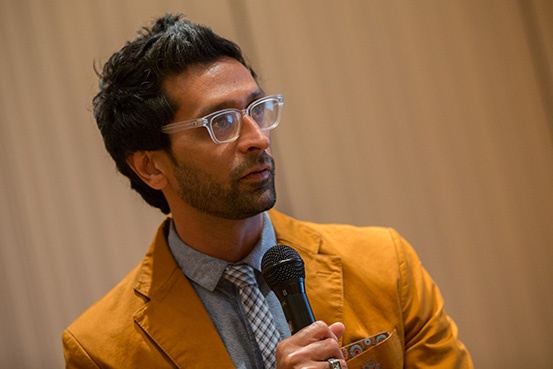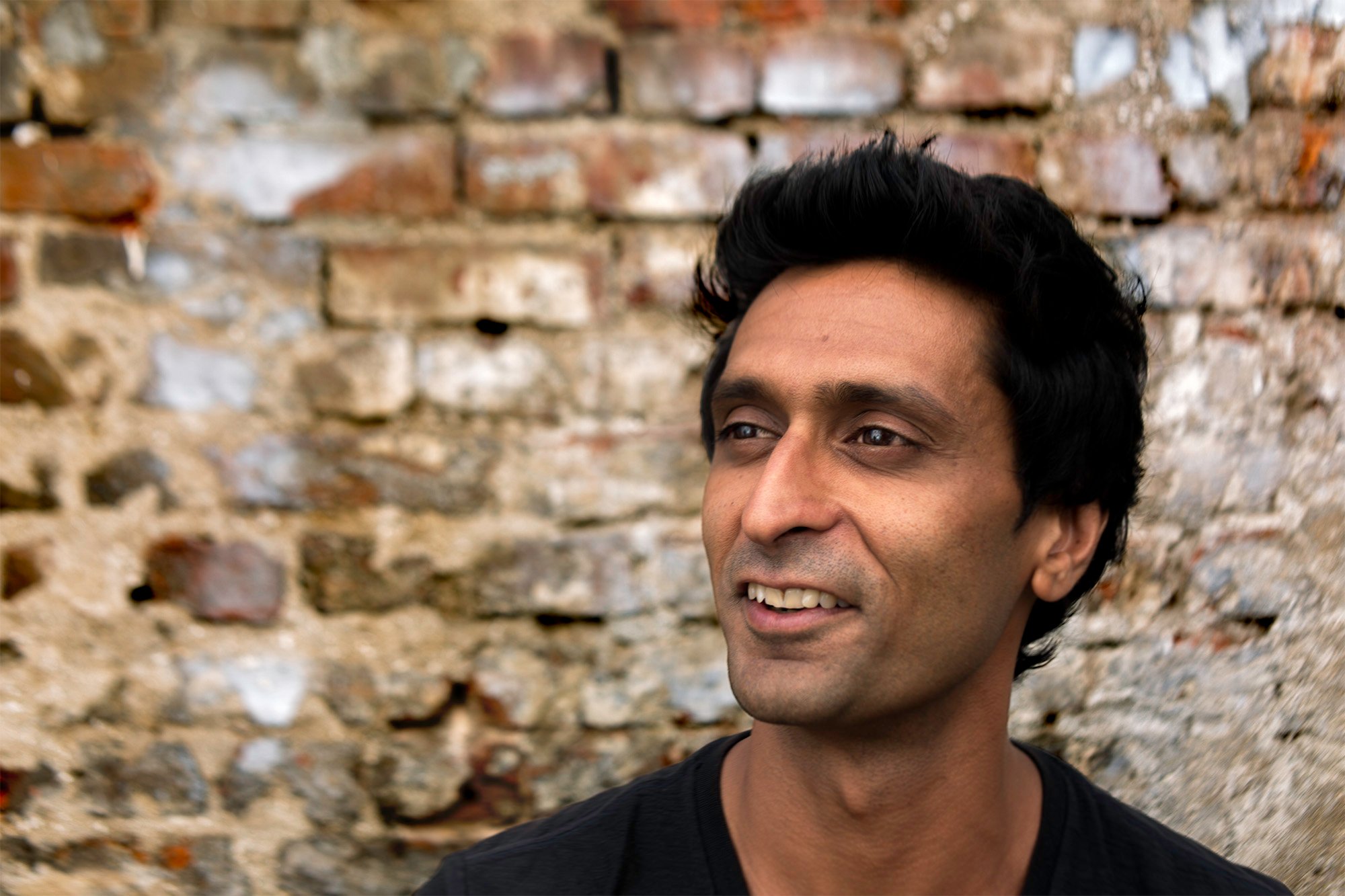Ready State CEO Kabeer Mamnoon was recently invited to speak on the entrepreneur-focused Big Pitch Radio podcast with hosts Kevin Harrington, founder of the As Seen On TV infomercial franchise and former venture investor on ABC’s Shark Tank, and Marla Tabaka, an Inc. columnist and entrepreneurial coach who has spent much of her career in media.
Over the course of their conversation, Harrington, Mamnoon, and Tabaka discussed several “gaps” in the marketing industry that inspired Ready State’s founding and continue to drive its development, from truly understanding a client’s business to journalistically crafting a story. Here is an edited transcript.
Harrington: Kabeer, it's a pleasure to have you. We thank you for joining us today. Before we get into what you guys are doing at Ready State, tell us a little bit about your background. Have you always been in the marketing or brand-building arena?
Mamnoon: My path into brand building and advertising has actually been pretty meandering. I often joke that I've got a lot of different careers. I have a BSc in computer engineering, but I never actually put my training in chip design to use. I went directly into software during the first Internet boom.
In some ways, it felt very similar to the way things are now. I was part of a subgroup of Oracle that was trying to create new businesses or new technologies to roll out to the product group. I then went to business school and became a strategy consultant, as you often do out of business school, for a couple of years. At that point, I didn't really have much exposure to marketing. I worked on a couple of studies that had a marketing focus.
I really didn't have any exposure to field branding or advertising until I took my next job, at McCann, where they were looking for business strategy people to staff a business strategy function across the set of agencies under McCann Worldgroup. I got into advertising at that point, and I really loved it. I loved the diversity both of people and of ideas in the industry. And I loved the creative energy, which is very different from consulting. It reminded me of engineering , in a way.
I stayed at McCann for a few years, until I left and co-founded Ready State, with the intention of taking all the goodness of the advertising world, but rebuilding: making data the central focus, but casting out the stuff that really wasn't working anymore, and building an agency from the ground up for the modern marketer.
Harrington: What was the ultimate gap in marketing that you felt Ready State could fill?
Mamnoon: We set out to fill a couple of gaps. We saw that the landscape of marketing was changing at an accelerating pace. Agencies were largely still static—stuck in the Mad Men days. I don't mean martinis at lunch and things like that, but rather the processes and the showmanship and the long turnaround times. All sorts of friction were no longer appropriate for what modern marketers needed.
That was the general theme, but we also saw unmet needs we wanted to meet. We thought that the skills agencies were bringing to their clients were necessary but not sufficient.
For example, large agency planners were really, really good at understanding audiences, but they were less inclined to understand their clients’ businesses, which modern marketers need to do. Businesses are becoming more complex, and modern marketers are being tasked with business outcomes, and measured against engagement and hard metrics.
Similarly, copywriters were really good at seeing what the brand wanted to say but less good at understanding what audiences wanted to hear. And creatives were really good at making cool stuff, but they were less concerned with how well that stuff worked.
And most importantly, audiences had an unprecedented level of choice, with the fragmentation of media. They were tuning out copywriting that didn't really address what they wanted to hear. We saw an insufficient dynamic in planning.
We built a planning team that has deep business strategy skills. Our head of strategy has worked at McCann and McKinsey. And we built a writing team with journalists.
Tabaka: I've been in the media since I was 20 years old, so that's fascinating to me. You're right; there is definitely a gap there, and probably no one even saw it. I'd love to hear more about how that plays in the work that you do.
Mamnoon: Journalism is a deep part of all of our marketing for and engagement with clients. We like to think of our approach as investigative marketing. We dig deep or ask hard questions, and we employ productive skepticism. We'll often push back on ideas that maybe our clients might like, but they don't pass the “sniff test.” That's a very journalistic thing, and our journalists have really influenced us positively in that manner.
Authenticity has become something a lot of people talk about. You can't produce it; you have to find it. Journalists are really good at finding the real story, the real truth underneath everything. Whenever you're building creative experiences or strategies, it's all about weaving in a journalistic philosophy. That's how we operate.
The journalism we develop itself is pretty interesting. When we started the company, we said we need real storytellers. We need people who have a real nose for the story, who can go in there very quickly, sniff out where the real story is, and put it together in a high-quality way.
Tabaka: I love that. And I don't think that that's something many marketing agencies have to offer. A lot of businesses listening today need to do that deep digging to find their brand story. My big thing is finding that “why” because it’s a serious part of the brand message.
Could you give our audience a couple of tips on how to do some of this deep digging? What kind of resources can they use until they're ready to bring on an agency like Ready State?
Mamnoon: That's a great question. First, you have to be open to finding the truth. Start with the “why,” because I totally agree with you: the why gives you a foundation of who you are. It has to be grounded in who you truly are, not in who you want to be or who you think you are. Then immerse yourself in the situation. Come up with some hypothesis, some candidate “why” statement, and then go out there and use things like Google consumer surveys.
There are lots of agile tools that allow you to get insights and responses very quickly from the set of audiences that are your target for any given thing. You don't have to engage an extended focus group, but you do need a hypothesis, and an agile tool to validate it and find answer.
Once you have “the three things that really describe us,” validated by what we think and what the key audiences think, you start to craft a story. That's your nugget around which you start to layer on creativity. You can now ask, “How do you express X in the most creative, intuitive, and engaging way?” This is where tenets of journalism might come in, including how you find the nut of the story.
One mistake companies often make is to come up with their “why”—the foundation for their own brand—in a way that's completely closed, without asking others.
Tabaka: This has gone so fast. I could talk to you all day, Kabeer. Thank you so much for being here, and thanks to everyone for joining us.

